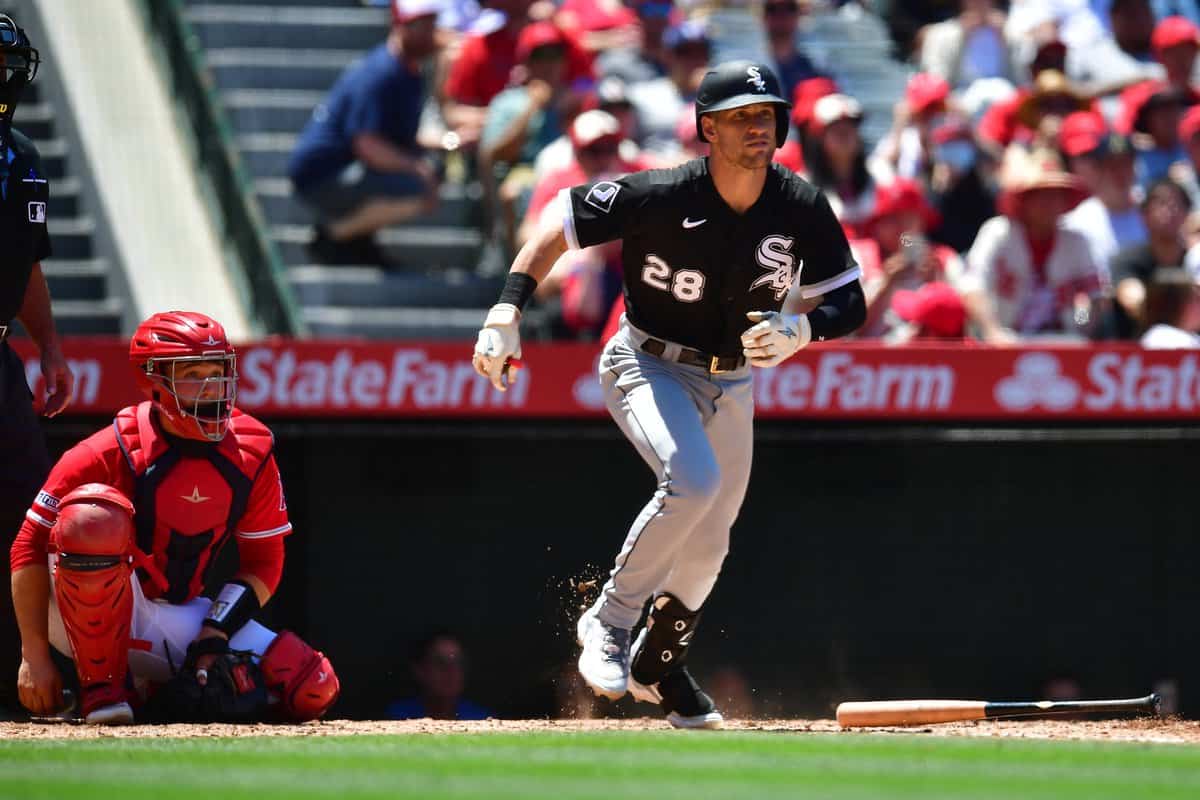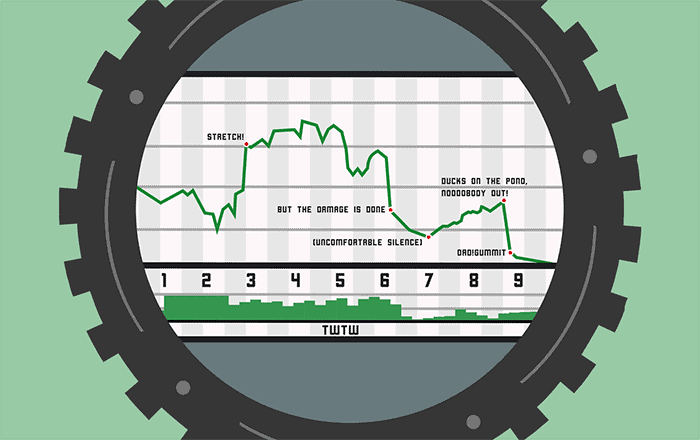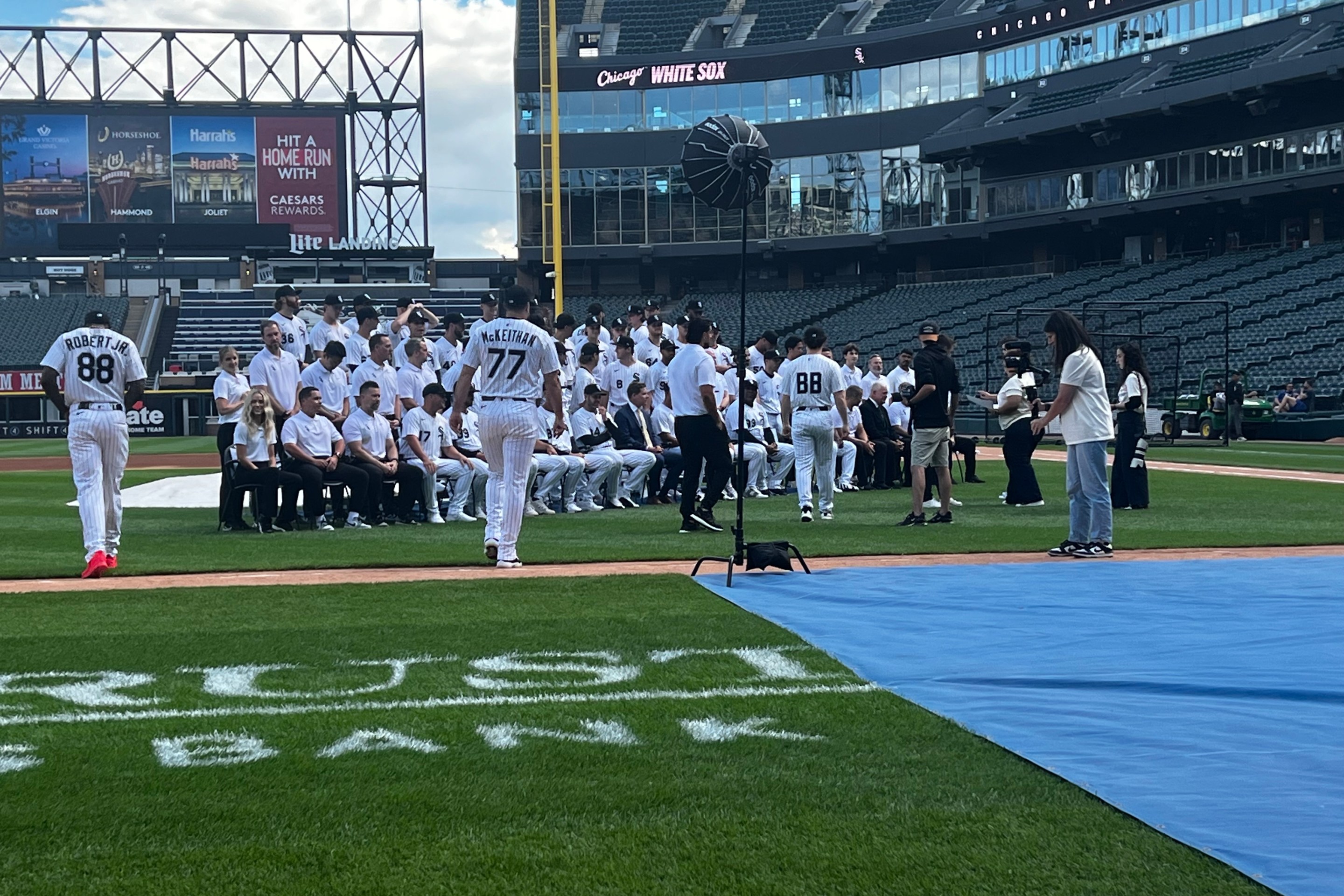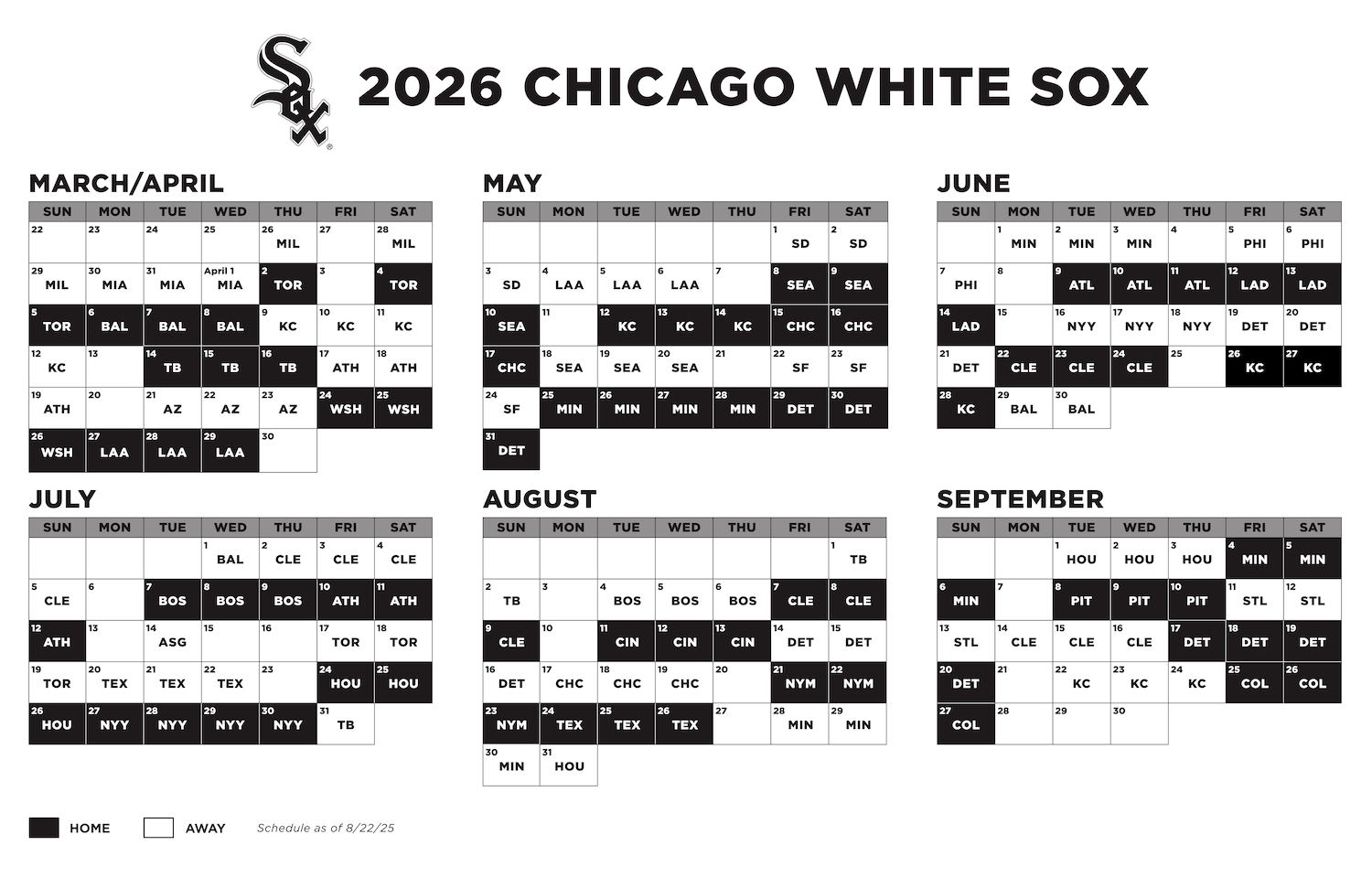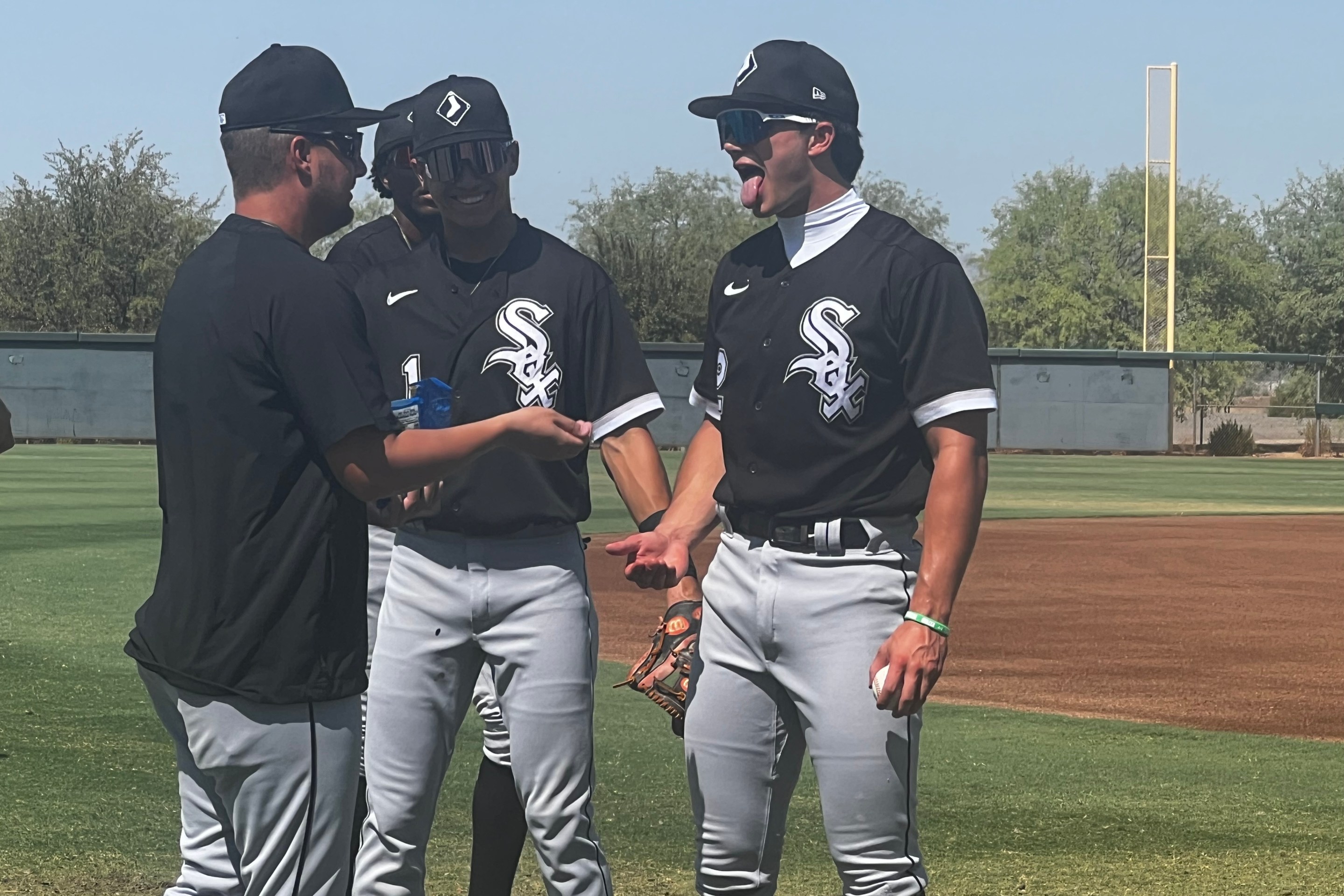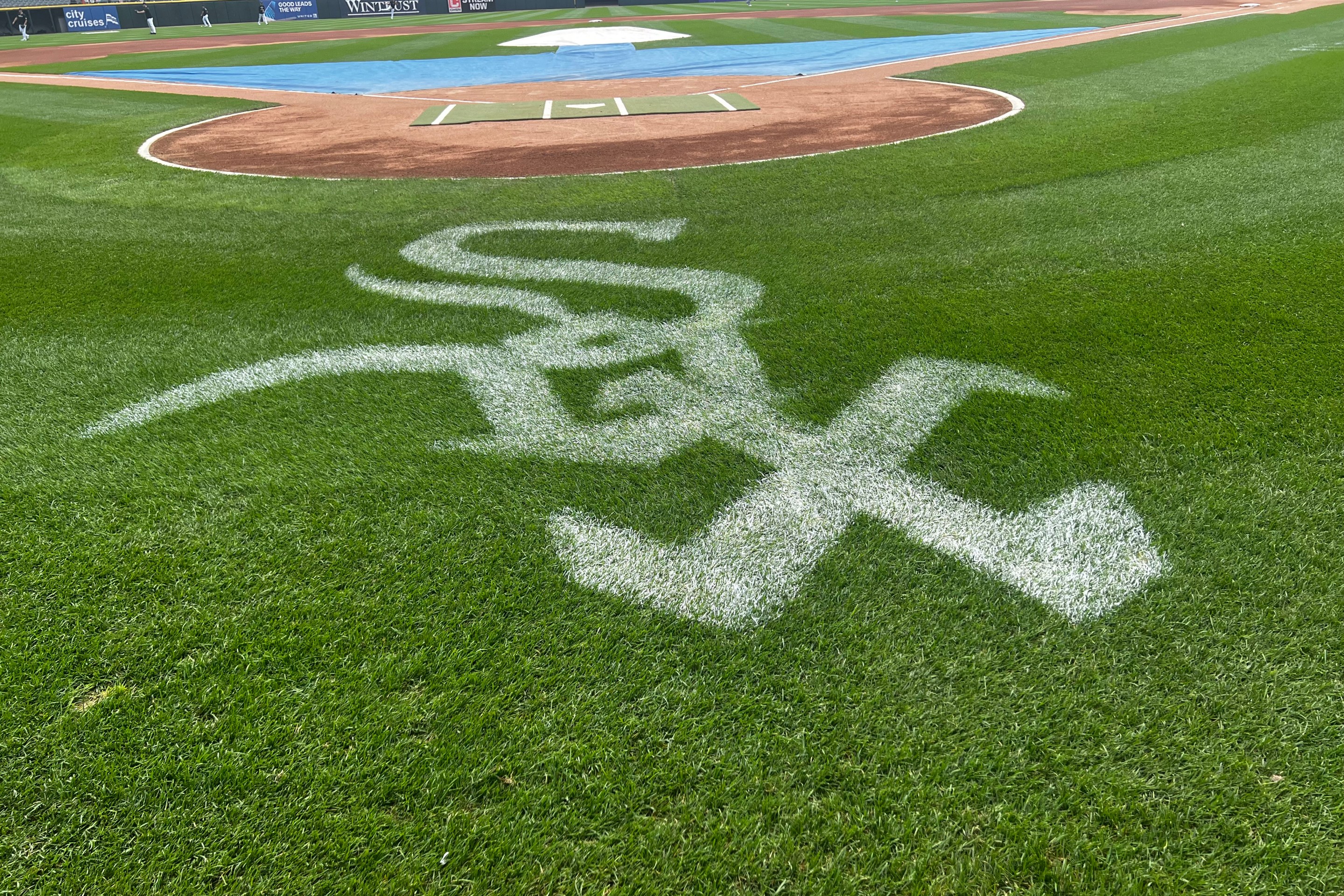With Andrew Benintendi sitting against a lefty starter and the hitless streaks of Tim Anderson and Clint Frazier spanning multiple series, Pedro Grifol thrust Zach Remillard into the leadoff spot for the finale of the White Sox's series against the Angels.
Before the season, this concept would've struck me as the byproduct of a season gone sideways, even if I am obligated to support any native of New York's Capital Region. (Have I told you he played his high school ball in Troy?)
In real time ... well, it's the byproduct of a season gone sideways, yes. But it didn't strike me as desperate because Remillard hadn't looked particularly overmatched at any point during this most unlikely of introductory periods. His debut alone could've made his year, but he maintained adequacy in his next nine appearances, going 7-for-23 with a double and a couple of stolen bases. Beyond the smallest-of-samples success, he didn't appear to have any issues processing the game, which sets him apart a little more distinctly than it should. In an ideal world, you wouldn't want him receiving the most plate appearances in a game, but for an isolated afternoon for the least ideal of offenses, it was worth a shot.
Remillard struck out looking in his first trip, but then he singled twice in the third inning. He came around to score after his first hit, and his second hit drove in two runs as the White Sox turned a three-run deficit into a three-run lead. He drew a walk in his last plate appearances, after being denied a walk on a full-count fastball he took off the plate.
The Angels tested him plenty at second. After the first two Anaheim batters reached to start the third inning, the next three all hit balls at Remillard. He went 3-for-3, including a nifty glove flip that almost started an improbable double play, en route to another perfect game in the field.
Remillard finished the series 6-for-10 with a double, a walk and a stolen base, giving him a .400 average through 33 plate appearances. When nobody knows how long this will last, every plus performance is a gift, and the effect is multiplied when it extends across consecutive days.
Whether Remillard has staying power is besides the point, but his performance was front of mind while reading a story by Yahoo Sports' Zack Crizer on the real human players who embody the concept of replacement-level, until or unless they can transcend it.
The story opens and closes with the Yankees, because Willie Calhoun and Jake Bauers have already accrued triple-digit plate-appearance totals, and Billy McKinney is getting there. If a team with the Yankees' resources must rely on journeyman and cast-offs to fill out lineup cards for weeks upon weeks, then every team must become adept at finding all possible contributors.
Crizer talks to players, coaches and executives about the experience, and the common thread is how little can be assumed.
“It’s very, very difficult to predict which players that have had Triple-A success and then have been unsuccessful in limited major-league opportunities are going to be successful,” Baltimore Orioles GM Mike Elias told Yahoo Sports earlier this season.
Even as deeper, more workable data continues to proliferate in the sport and roster churn ramps up every year, evaluating these players is a code that remains largely uncracked.
“I think if ever there was an area in baseball right now to carve out an advantage,” Elias said, “it would be in becoming incredibly smart with that population of players.”
(It brings to mind Carson Cistulli and Chris Mitchell, two FanGraphs writers who specialized in off-the-radar prospect evaluations before teams hired them.)
Strides have been made with regards to player development -- or redevelopment, for those who weren't able to stick in their first cracks at the big leagues -- but there almost seems to be a zero-sum effect. The worst MLB players are better than ever, but that means that the gulf between major- and minor-league pitching keeps expanding, and that makes stat-line scouting increasingly unreliable, so a team's success rate remains relatively roulette-like.
Remillard is proof of that randomness, at least in the sense that he's a 29-year-old rookie carrying a .236/.344/.354 line with Charlotte before the White Sox came calling. He's hit better, but he's also hit worse. The White Sox have kept him around and invited him to spring training to establish a prior level of trust, but they've also been relatively churn-averse with off-roster types, with guys like Danny Mendick, Adam Haseley and Adam Engel getting chance after chance. There's a path for optimists and pessimists based on wherever your belief system guides you.
However it's unfolded, and however long it lasts, Remillard's immediate impact takes me back to 2021, when the White Sox successfully weaved rookies, veterans, and the in-between guys in and out of their roster to sustain production at DH and right field. Yermín Mercedes covered the entire first month of the season, and now that we're watching how much a terrible April can spoil the rest of the year, I'm more amenable to the idea that the White Sox rebuild might've accomplished nothing without the Yerminator, even if his light burned two times too bright.
(I still think they make the postseason with some room to spare due to the strength of the rotation, but they wouldn't have enjoyed the second-half cakewalk.)
Remillard couldn't do anything for the White Sox about their April in 2023, but he's providing that needed burst of professionalism and production during a midsummer infield crisis. Andrew Vaughn's been fine, but the other three starters have swooned in June. Their splits entering Thursday:
- Tim Anderson: .145/.189/.184 over 74 PA
- Elvis Andrus: .197/.269/.279 over 67 PA
- Jake Burger: .145/.202/.410 over 89 PA
In this context, when a .400/.438/.433 line parachutes in over a week-plus of games, there's no reason to dwell on where it came from.
Perhaps there will come a time when Remillard fades and the calls for Lenyn Sosa grow louder, similar to the way Oscar Colás looks more worthy of a 26-man roster spot than either Frazier or Adam Haseley. But as long as the White Sox are within one good week of first place in the AL Central, and as long as Remillard looks equal to the task, there really isn't a point in thinking much further ahead, especially if you're inclined to fast-forward to the writing-off period. If the people Crizer talked to are any indication, Remillard's teammates aren't.
The actual players on the waiver wire or catching an emergency flight from Triple-A to the majors are not hypothetical. And major-league clubhouses certainly do not view their impromptu teammates as “replacement players” or “Quad-A players,” the colloquial designation for those who have gotten results in the minors but not at the major-league level.
Instead, teams view these additions as players somewhere in the life cycle of becoming an established major-leaguer. A veteran waiting to happen.
